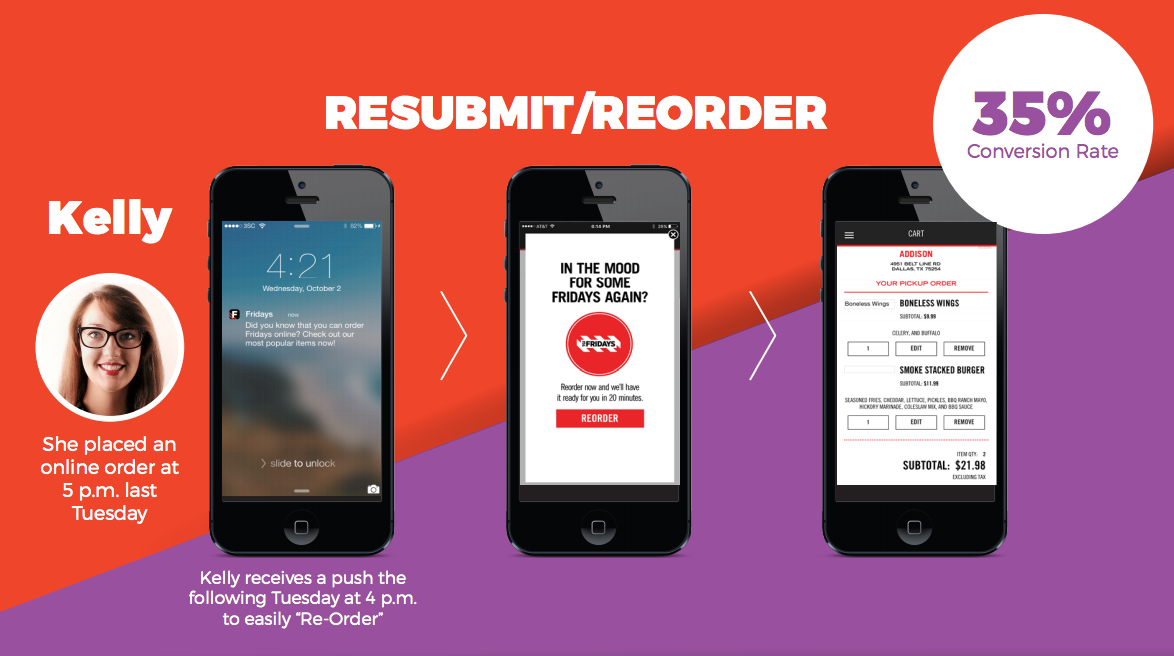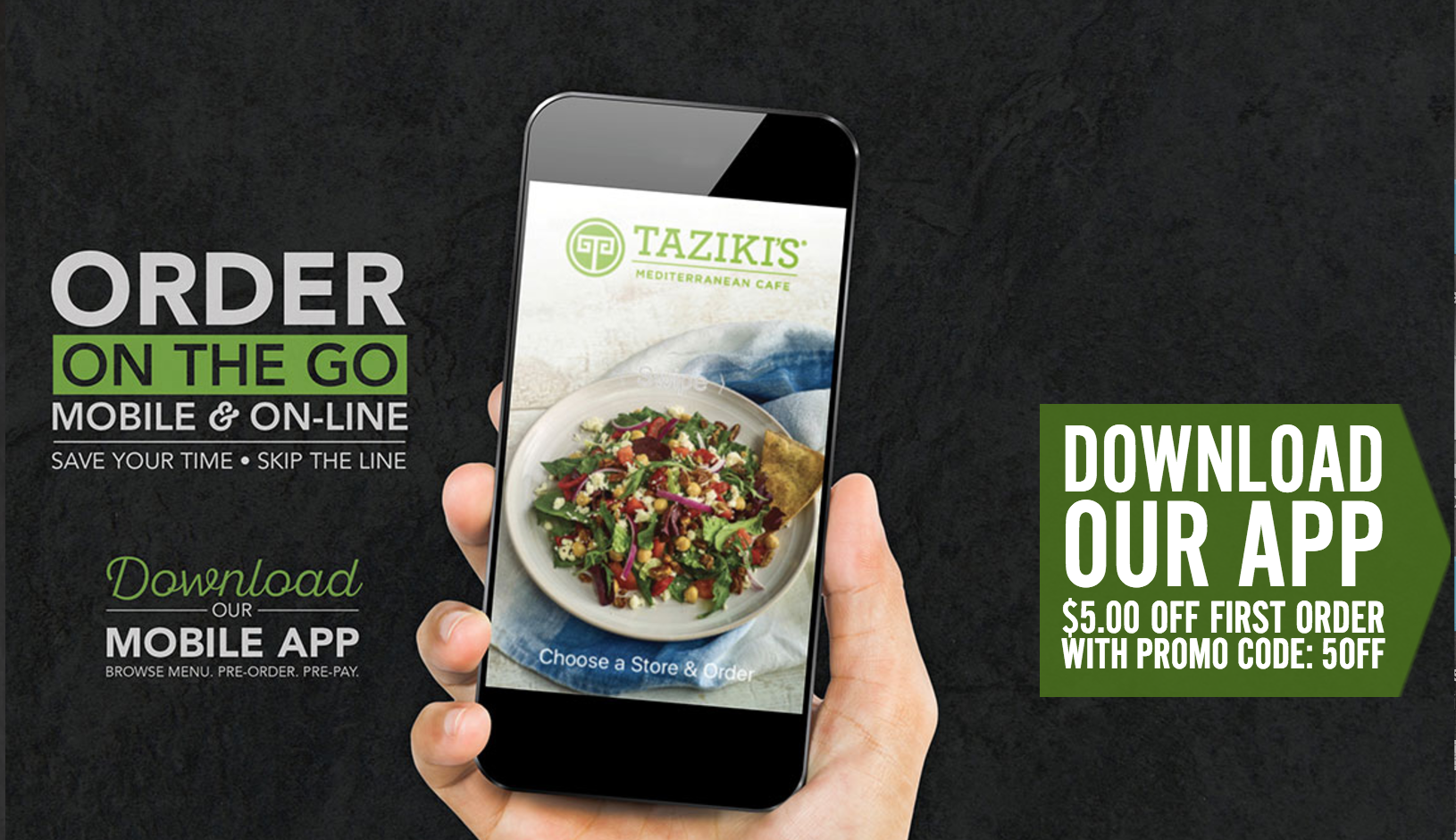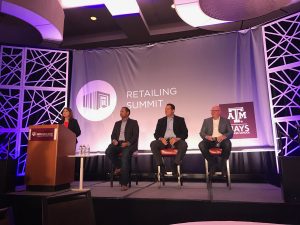Holiday produce sales are upon us, and many retail firms are already predicting that the 2017-2018 holiday season will have the strongest sales numbers we have seen in years. Yet don’t make the mistake of thinking that this forecasted sales increase will only take place in gifts and apparel: According to Deloitte, “non-gift” spending will account for 65 percent of consumers’ holiday spending this year. The National Retail Federation is also optimistic about the coming holiday, forecasting that the average holiday shopper will spend 218 dollars on candy, food and decorations this year. Since customers intend to spend more on food and grocery items throughout the 2017-2018 holiday, there is an opportunity to reap the benefits of increased consumer spending in your grocery store.
However, in order to profit from the increase in consumer spending this holiday season you’ll need to compete with ecommerce megastores for your portion of market spend. Many grocers struggle to differentiate themselves from online megastores such as Amazon. Yet brick-and-mortar grocers have the advantage of being able to offer customers a festive, personalized omnichannel holiday shopping experience, which is something that even Amazon has yet to replicate. Consider the following suggestions to stand out from the ecommerce giants this holiday season.
Focus On Healthy and Organic Options
Grocery shoppers are eating more healthful foods and the availability of organic and low-calorie food options is a determining factor for customers when choosing which grocery store to patronize over the holiday season. In fact, Statista reports that 80 percent of U.S. consumers said that whether or not there were healthy food options factored into their decision-making process when choosing a restaurant in the past year. The United States government has also become increasingly proactive about encouraging customers to opt for healthy and organic food options. Among the initiatives dedicated to inspiring Americans to live more healthily are Michelle Obama’s “Let’s Move” enterprise devoted to decreasing childhood obesity rates, and the USDA’s “Choose My Plate” initiative, which offers a wide variety of healthy meal-planning options for Americans to maintain healthy weight levels during seasonal meals.
Plan of action: Cater to customer demand for organic and healthy options by offering gluten-free, vegan, and low calorie alternatives to some of your best-selling holiday dishes. Bookmark healthy food options in your store aisles with eye-level signs marking the areas where the diet-friendly alternatives are stocked. Instead of making customers search for their favorite products, lead them to the right place with large and pronounced signs which are easily-viewable from the high-traffic main aisles of your store. This way your customers looking for diet-friendly holiday meal alternatives will be able to easily locate the aisles that house their favorite ingredients.
Stream Holiday Recipes On Your Website
There is an opening for independent grocers to build a following by offering customers a unique shopping experience this holiday season. Retail Dive reports that in light of an overabundance of discount grocers in 2018, “price is no longer a competitive differentiator.” Instead of trying to compete based on price alone, focus on establishing your company as an innovative leader in grocery with the addition of a seasonal recipe section to your business’s website. Your website’s recipe section should include cost-effective and diet-friendly classic seasonal dishes with a nod towards the traditional holiday dishes of your company’s prime consumer demographic. By monitoring customer demographic information as well as the sales of particular food items, you will be able to populate a list of holiday recipes that are uniquely targeted for your customer base.
Plan of action: Holiday recipes can boost margins only when customers can easily find the recipe ingredients on your website. Give customers a clear click-path to purchase the components of your holiday recipes by linking the produce, spices, and sauces from each recipe to buyable items in your online inventory. In addition, while low prices alone are not enough to differentiate your grocery store from the competition, offer your customers value in addition to your holiday recipes by adding links to online coupons and sale items in your ingredient lists. Appeal to the novice or holiday-only cook by keeping the ingredients and steps in each recipe simple, cost-effective and easy-to-locate on your company’s website.
Stocking produce for the 2017-2018 holiday season doesn’t have to be complicated. Edge out the ecommerce competition by loading up on healthy holiday meal options and by streaming fresh seasonal recipes on your company’s website and mobile app. Go beyond the standard holiday dishes by researching your company’s target consumer and loading up on economical versions of their favorite seasonal foods, so that your company can profit from the strongest holiday shopping forecast we have seen in years!



 Image source
Image source

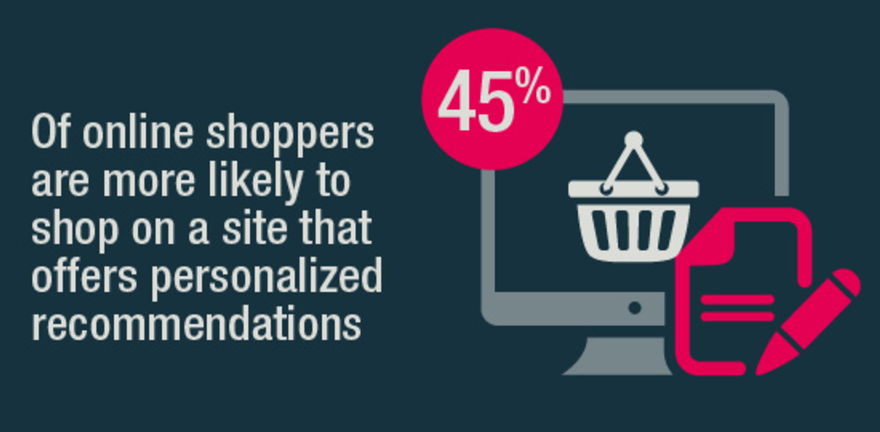
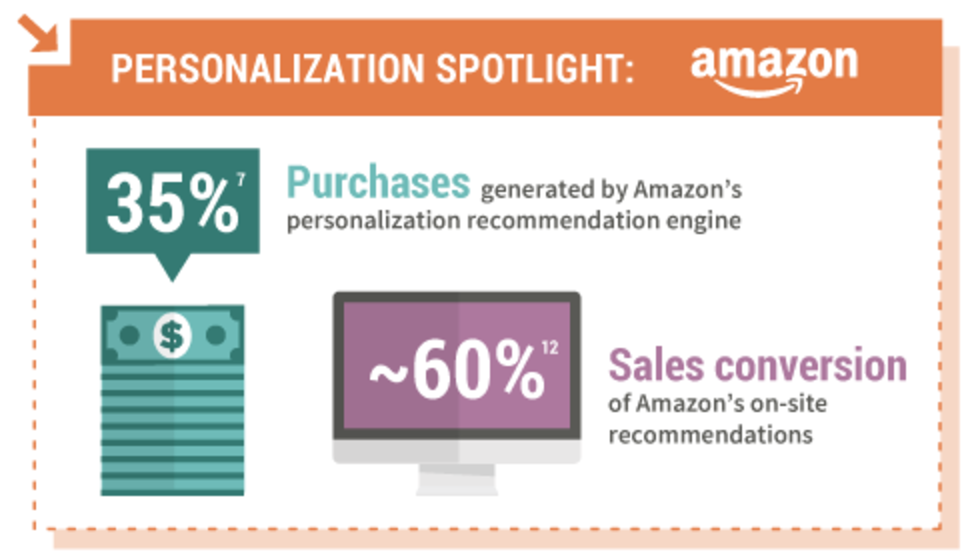
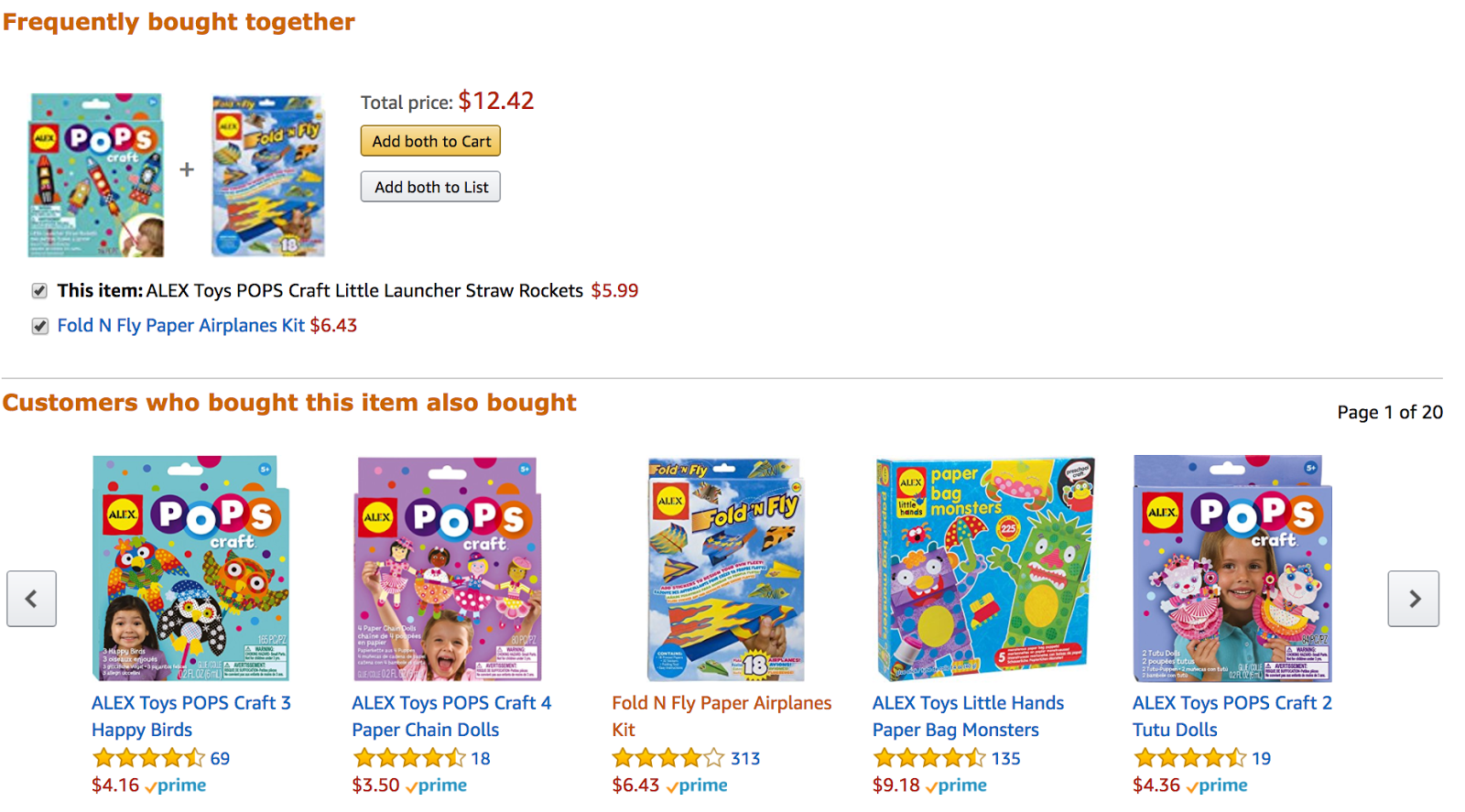



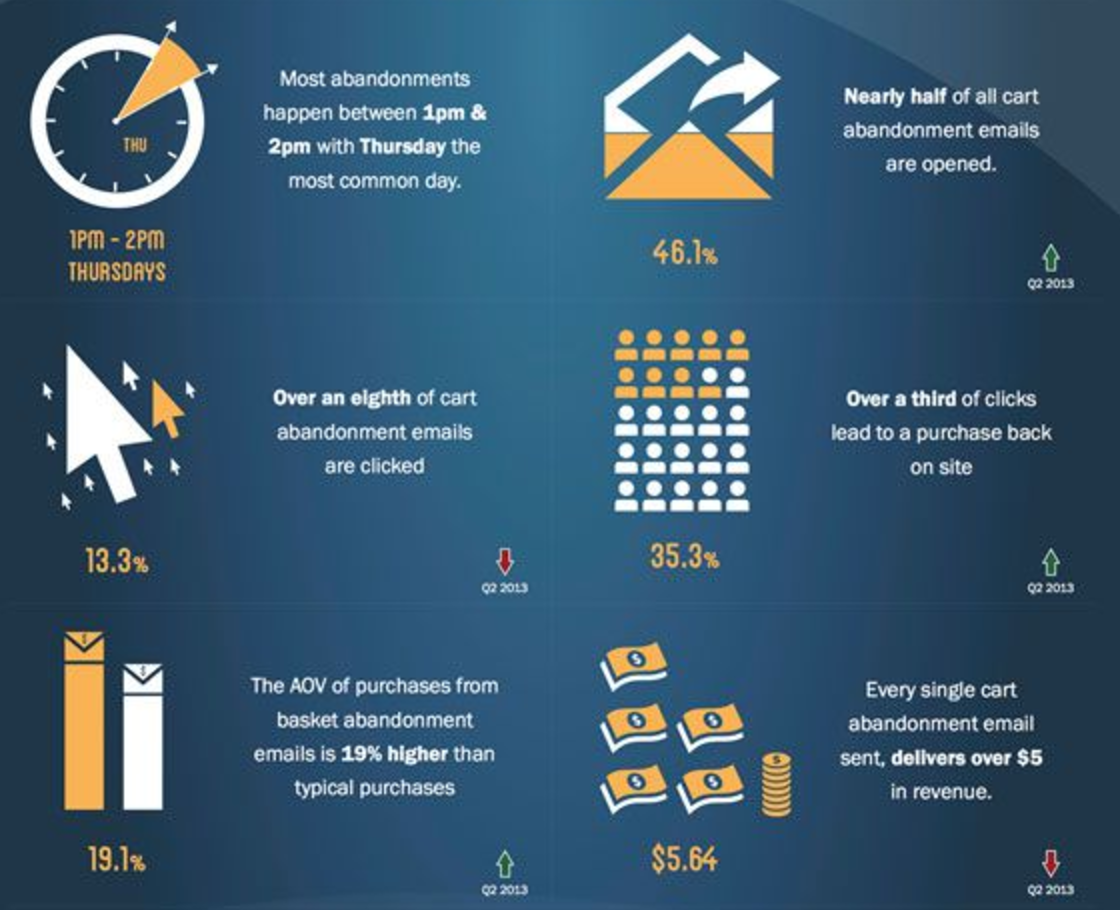





![[ Case Studies ] How To Apply Omnichannel Personalization in the Restaurant Industry](https://nectarom.com/wp-content/uploads/2017/10/photo-300x212.jpg)
